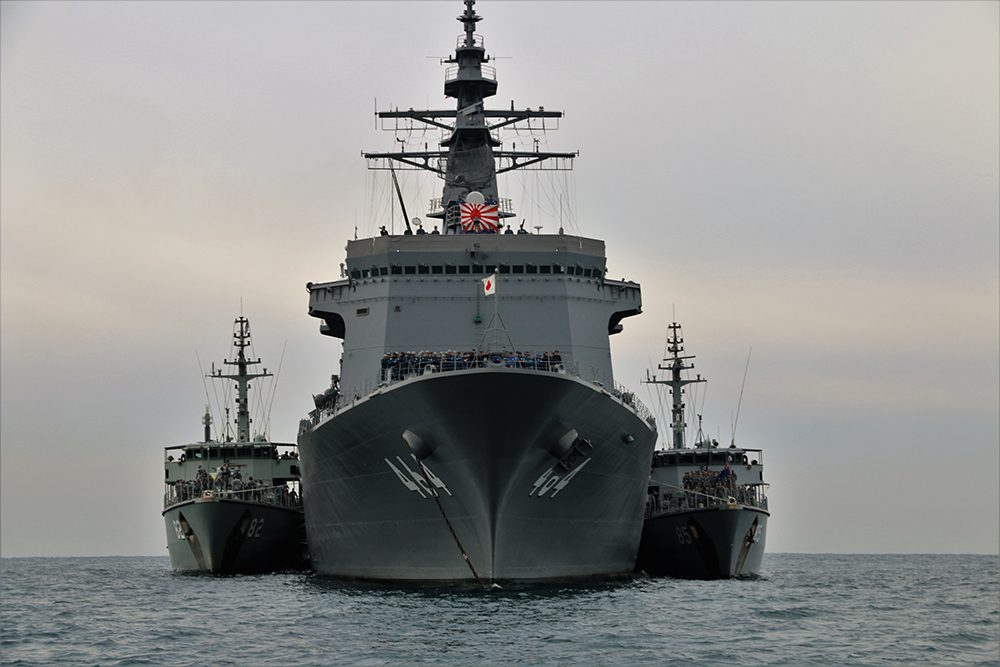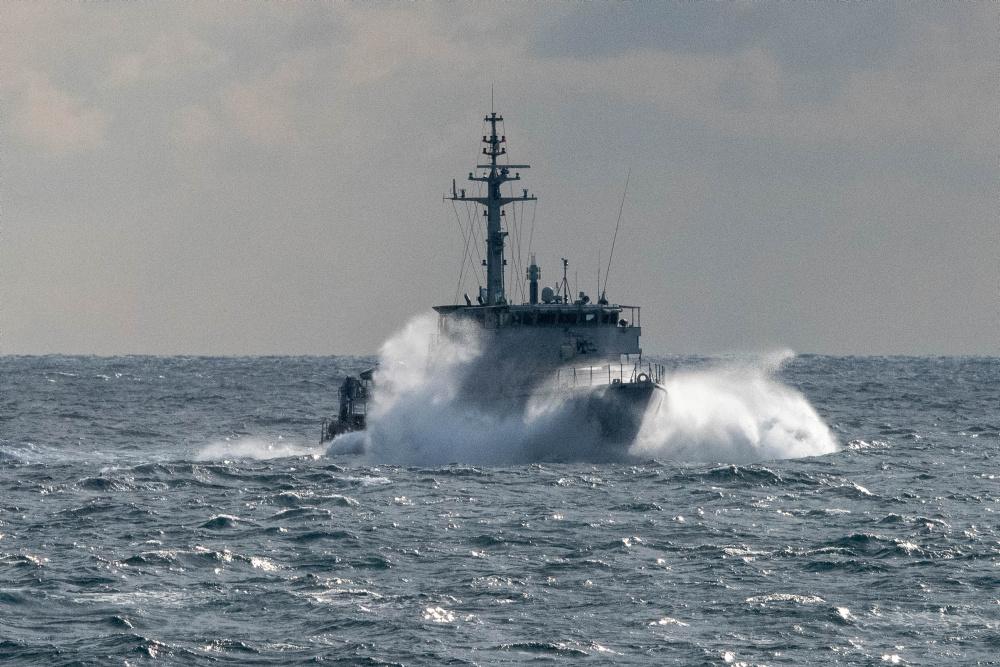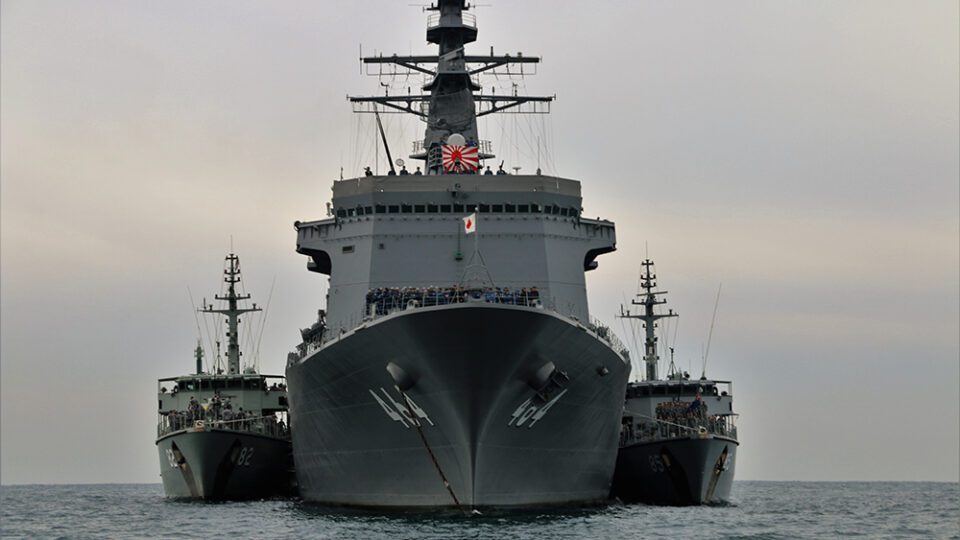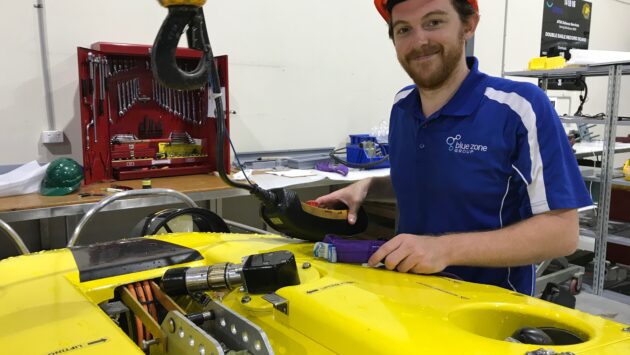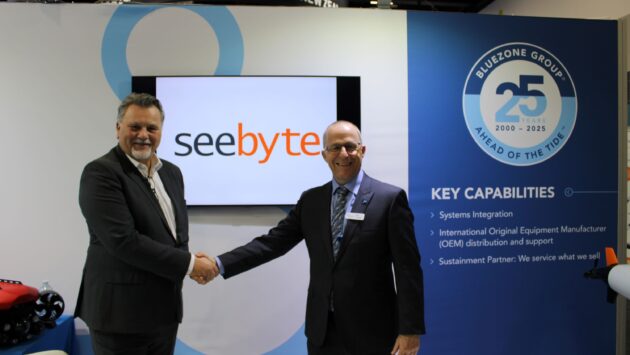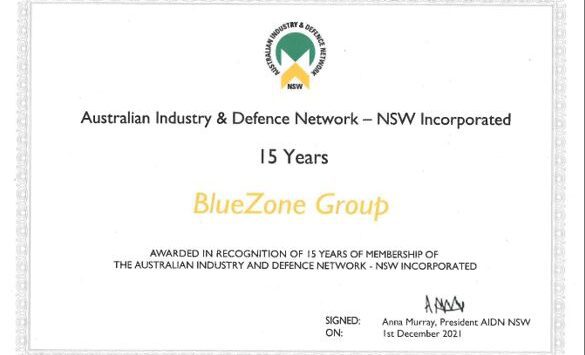RAN Minehunters lead the pack in mine detection, identification and neutralisation
RAN Minehunters lead the pack in mine detection, identification and neutralisation
BlueZone Group congratulates HMA Ships Gascoyne and Huon contributing to the Multi-National Navy Mine Warfare Exercise 2018 (MNMIWEX) in the Republic of Korea.
Both Gascoyne and Huon conducted a lengthy transit of more than 4,000 nautical miles to the exercise via stops in Darwin and Subic Bay – the longest transit ever completed by Australian Minehunters.
Both units quickly adapted and overcame challenges with Gascoyne locating and identifying the first mine of the exercise and Huon identifying the first mine by clearance divers. Success for the Australian Minehunters continued, with both units clearing designated search boxes within allocated time to a clearance rate of 85%.
During the exercise, both RAN units operated ships sonar and remote mine disposal vehicles (MDV) in the detection and identification of six underwater mines. BlueZone Group provides support to the RAN for all aspects of the Double Eagle Mine Disposal Vehicle operations.
Mine warfare in the Sea of Japan has an instructive history as it figured prominently during the Korean War. Complex minefields were laid at three ports: Wonsan; Hungnam and Chinnampo. The minefield at Wonsan caused the UN difficulties, sinking four ships (including three minesweepers) and delaying the Marine landing by two weeks. US Admiral Allan E. Smith was quoted as saying, “We have lost control of the seas to a nation without a Navy, using pre-World War I weapons, laid by vessels that were utilized at the time of the birth of Christ.” Continued ignorance and lack of appreciation for mine warfare and for how opponents can lay mines can cost naval forces dearly.
Read More:
Minehunters achieve more firsts for the RAN
